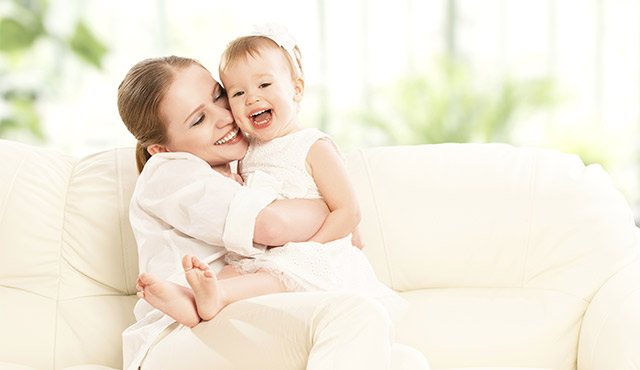Anxiety can run high in couples expecting their first baby. The wish to be fully prepared can drive them to buy a lot of baby products—particularly the crib and everything that goes in it—but safety should be top priority.
“Baby stores can be overwhelming, with beautiful linens, fancy bumpers and crib toys,” says Sandra Mathur, D.O., of St. Jude Medical Group, who specializes in pediatrics. “But I tell parents, bare is best and ultimately safer for a baby.”
Rules and Regulations
The Consumer Product Safety Commission issues standards that crib manufacturers must adhere to, so that all cribs—including ones used in day care centers and hotels for guests—are as safe as possible.
There’s a good reason for this. More babies die every year in cribs than from any other nursery product, according to Keeping Babies Safe, a nonprofit group dedicated to baby safety. Crib slats must be more 2-3/8 inches apart so that no part of the baby’s body can become caught. The crib mattress must fit tightly in the crib, and a tight fitted sheet should be put over the mattress—but no pillows or blankets, which can suffocate babies. There should be no cutouts on a crib headboard. And cribs should be assembled correctly so that there are no loose parts.
“Vintage cribs can be beautiful,” says Dr. Mathur, “but most don’t meet the safety regulations.” Hand-me-down cribs are not recommended by Keeping Babies Safe because they may not meet current standards.
Those cute stuffed toys that you think might comfort a sleeping baby? “Stuffed toys should never be put in a crib with an infant,” she says. “Babies move around in the crib and potentially can be suffocated by toys and rattles.”
Dr. Mathur also recommends against using bumpers in cribs—those padded sections with ties that fit around the inside perimeter of a crib. “Babies can get their heads trapped underneath bumpers,” says Dr. Mathur. The ties can come loose and also pose hazards. As for blankets? “Babies don’t need blankets,” she says. “A onesie and a cotton sleeper are adequate.” She adds that parents should never place a crib near a window that has cords or loose blinds.
Sleeping Arrangements
Experts have differing opinions about parents keeping a baby in bed with them—some say it’s natural to keep babies close rather than far off in another room, and others say the adult bed is not safe for babies. Dr. Mathur recommends using a co-sleeper, a small baby bed that is designed to attach to an adult bed, so the baby can be within reach but safely separate from its parents.
“It’s risky to have an infant in bed with you,” says Dr. Mathur. “Having a two-week-old baby in your bed, when you’re exhausted—it’s not a good idea,” adding that a well-intentioned parent could inadvertently roll onto an infant or not realize that the baby is wedged between pillows or comforters where it might suffocate.
And don’t be too quick to remove a baby’s pacifier. “Recent studies suggest that pacifiers should be given to babies while sleeping,” Dr. Mathur says, explaining that the sucking keeps baby in a semi-awake state, which prevents the possibility of sudden infant death syndrome (SIDS), an illness that happens when babies stop breathing when asleep.

